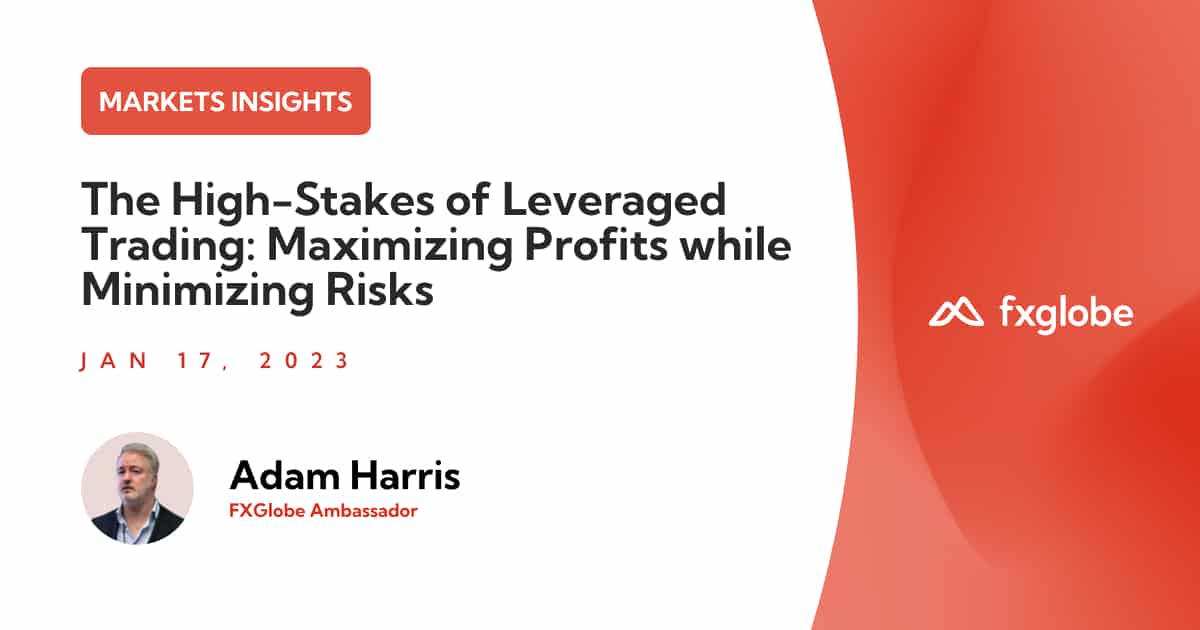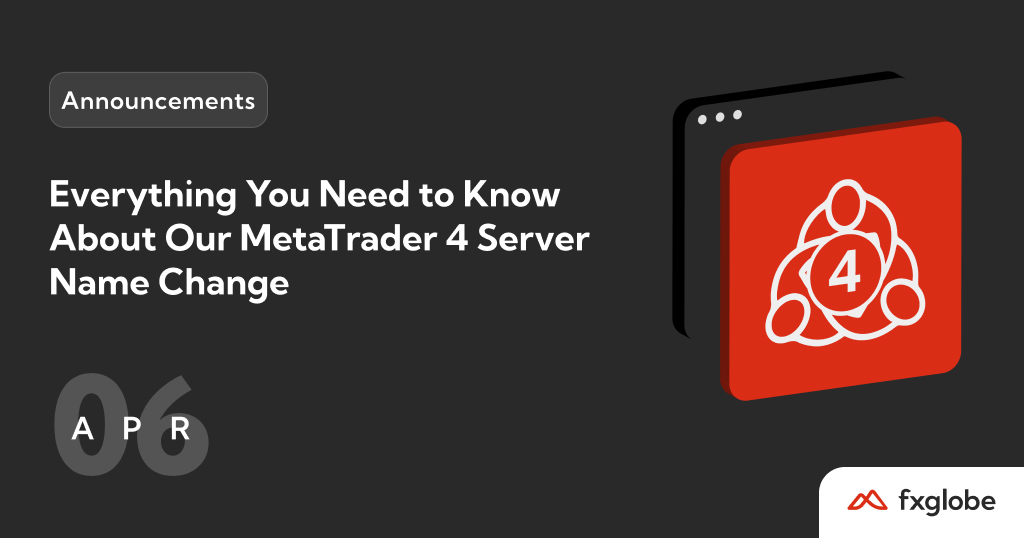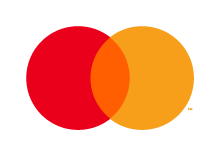Trading leverage can be a double-edged sword. It can magnify your profits, but it can also magnify your losses.
Trading with high levels of leverage is a risky proposition that can lead to large losses in a short period of time. In this article, we will discuss the need for using leverage and the risks associated with trading with high levels of leverage.
Why Brokers offers Leverage to their traders?
Many brokers offer leveraged trading in order to attract new traders. Trading with a certain level of leverage allows traders to access larger positions and maximize their profits, even if they don’t have a large amount of capital available.
However, this also means that traders are taking on more risk and can potentially lose much more than they invested.
There are several key risks associated with using leverage when trading, including the possibility of incurring margin calls or experiencing excessive losses if prices move against your position.
And while there are strategies you can use to help mitigate some of these risks, it is important to be aware of the potential dangers before trading with high levels of leverage.
Do you need to trade with Leverage?
Although some traders choose to trade with no leverage at all, there are many traders who see value in the use of leverage. In certain situations, trading with a certain level of leverage can help you maximize your profits and increase your returns.
However, it is important to understand the risks involved with using leverage and make sure that any strategies you employ will help minimize these risks. Trading with high levels of leverage requires a high level of caution and discipline, and should only be used by experienced traders who fully understand the risks involved.
So before you start trading with leveraged positions, make sure that you have the knowledge and experience to manage this risk successfully.
Understanding leverage
Leverage involves taking a certain amount of money from the broker’s funds to finance a trading position. In forex trading, for example, brokers are often used because they can provide investors with the necessary funds.
Many brokers offer incredibly high leverage, meaning that traders can potentially control large sums of money and make substantial returns or losses on their trading positions with just an initial margin requirement.
Margin-based Leverage
To accurately measure your margin-based leverage, divide the total cost of the transaction by the amount of margin you must provide.
Margin-Based Leverage indicates the total value of a transaction divided by the margin required for it.
The margin-based leverage formula is this one:
Margin-Based Leverage = Total Transaction Value / Margin Required
To illustrate, if you are asked to put down 1% of the total transaction value as collateral for a standard lot trade in USD/CHF (equivalent to US$100,000), your margin will be equal to US$1,000.
This would bring about a leverage of 100:1 calculated from this formula – 100,000/1,000. And when 0.25% is the required margin level instead then that same calculation yields a leverage ratio of 400:1!
| Margin-Based Leverage Expressed as Ratio | Margin Required of Total Transaction Value |
|---|---|
| 400:1 | 0.25% |
| 200:1 | 0.50% |
| 100:1 | 1.00% |
| 50:1 | 2.00% |
But the is something else to consider!
Although margin-based leverage has no effect on risk, the amount of required capital to open a position – whether 1% or 2%- may not have a direct impact on profits and losses.
Investors have the ability to assign more than their assigned margin for any trade. This leads us to understand that real leverage, not just margin-based leverage, plays an essential role when calculating prospective gains or losses.
Real Leverage
Calculating the leverage you are using is a simple task. All you have to do is divide the value of your open positions by your investment capital and that will provide you with an accurate picture of how much real leverage you are currently utilizing.
The real leverage formula is this one:
Real Leverage = Total Transaction Value / Total Trading Capital
To illustrate, let’s assume that you possess US$10,000 in your trading account. By opening a position worth one standard lot (i.e., US$100,000), you will be trading with ten-fold leverage on your trading account; mathematically speaking that is: 100,000/10K = 10X leverage.
Likewise if you choose to go for two standard lots (US$200K) while still possessing only the initial US$10K balance in your trading account – such amount of trade would be equivalent of 20x leverage ratio (200K/10k).
This implies that the leverage based on margin is equivalent to the greatest allowable real leverage a trader can apply. Given that many traders don’t use their whole accounts as collateral for each trade, their actual leverage tends to diverge from their margin-based leveraging.
As a trader, it’s never wise to use up all of your available margin. Reserve leverage for when the odds are decidedly in your favor – that is how you can maximize profits from trading.
The Risks of Excessive Leverage When Trading
This is the double-edged sword of leverage, capable of magnifying both gains and losses by a significant degree. The higher you place your leveraged capital at risk, the greater the potential for loss if not managed carefully.
Although margin-based leverage isn’t always related to this type of risk, it can still have an influence on a trader’s success if they are careless.
Let’s see now four types of risks associated with Leverage and how you can minimize them:
- Financial Risk: Trading with Too Much Leverage
With leverage, the potential for substantial losses is significantly higher. Not only this, but brokers and traders will ask for more fees when trading on margin – these charges apply even if you sustain a loss with your trade.
Leverage can be an incredibly risky endeavor to undertake; hence it’s essential to understand the associated costs before beginning any trading venture. - Margin Calls: Trading With Excessive Risk
Using high levels of leverage also entails taking on excessive risk. If your trades start to go against you, and your account balance drops below a certain level, your broker may issue a margin call.
This means that you must deposit additional funds into your account or face having some or all of your positions closed out by the platform in order to protect their own interests. - Emotional Impact: Trading With Fear and Greed
Using high levels of leverage can have an emotional impact as well. When trading with high levels of leverage, traders can be driven by fear and greed, making decisions based on emotion rather than logic and analysis.
This can lead to impulsive decision-making, which often results in losses instead of profits. - Market Volatility: Trading With High Risk Instruments
Trading with high levels of leverage also involves taking on higher risks due to market volatility. Trading highly leveraged instruments such as futures, options and Forex carries greater risk than trading equities because prices can move quickly and dramatically in either direction due to changes in market sentiment or economic conditions.
It is therefore important for traders to be aware of macroeconomic trends before entering into any leveraged positions so they understand what could potentially affect their trades over time.
Final Words
Trading with leverage can be a double-edged sword – it can magnify both gains and losses.
Before using leverage, make sure you understand the associated risks, which include financial risk, margin calls, emotional impact, and market volatility.
Trading highly leveraged instruments carries greater risk than trading equities. To minimize these risks, make sure to use leverage wisely by only risking what you can afford to lose and keeping an eye on macroeconomic trends.
In FXGlobe we deeply care about the risks associated with leveraged trading. With our trusted educational resources and expert guidance, we can help you successfully navigate the world of leveraged trading and maximize your profits. So if you’re looking to trade with confidence, visit our trading community today at fxglobe.io!





















